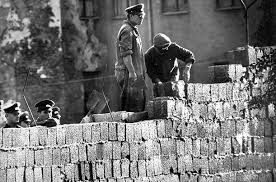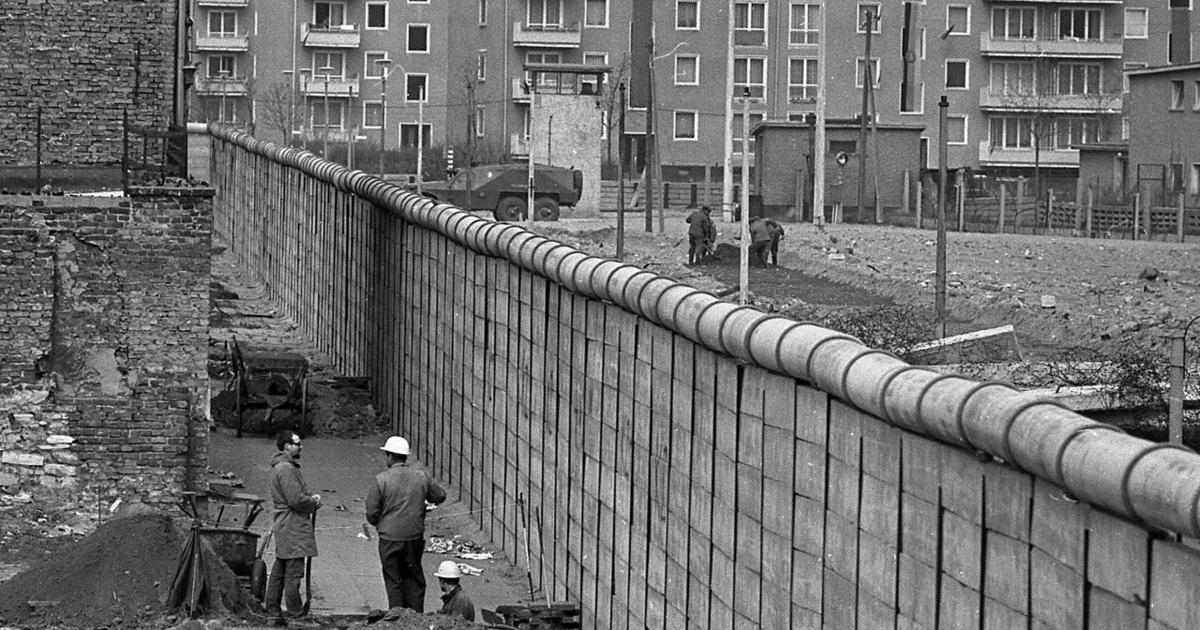
Before the erection of the Wall, between 2.7 million to 3.5 million people left the German Democratic Republic (GDR), and East Berlin between 1949 and 1961; for West Berlin from there, they would travel to other European countries. The emigration visibly caused difficulties for the government as more than half were teenagers and youths. Over 500 people crossed the borders each day before the Wall was erected.
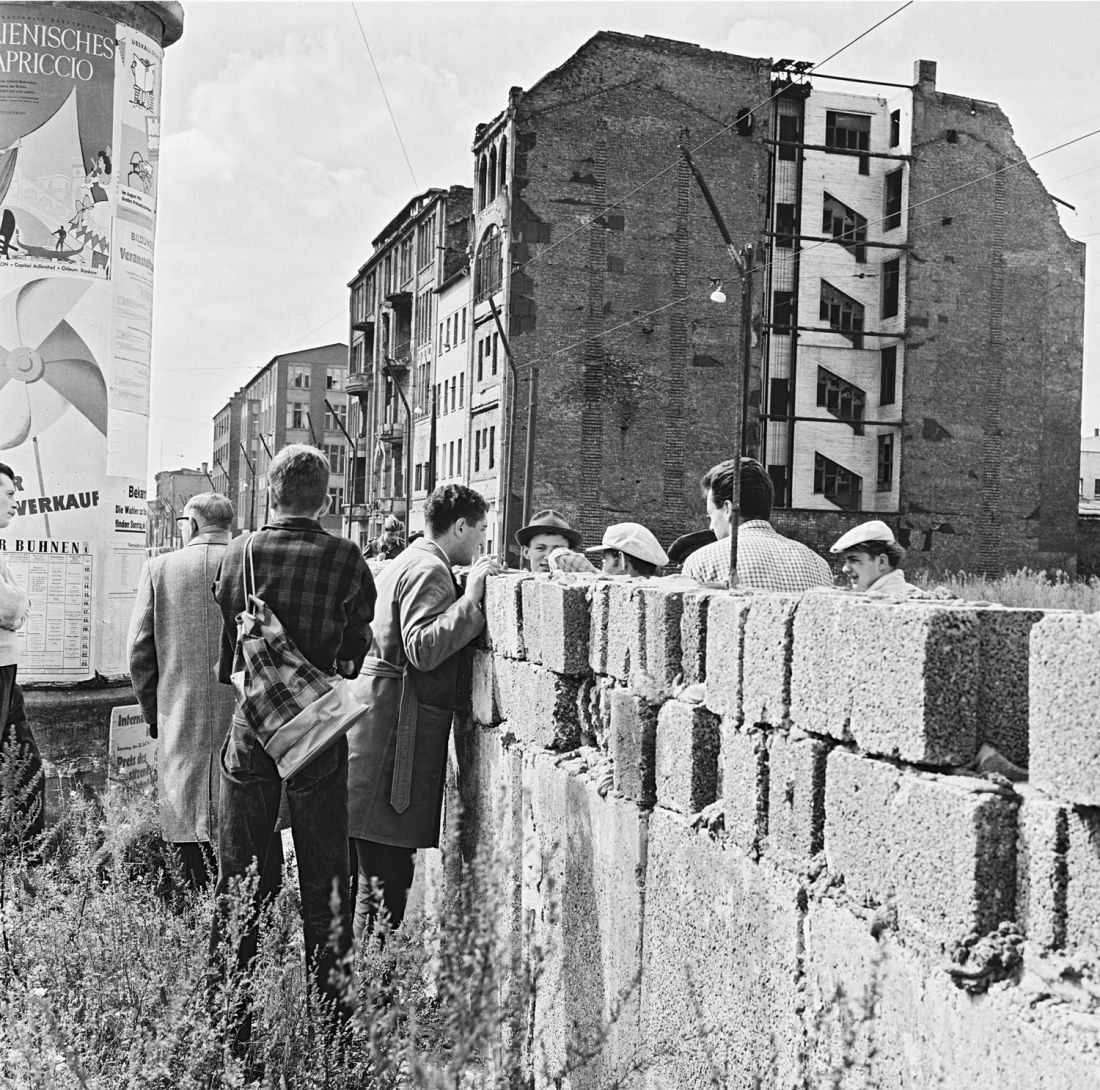
The GDR was on the brink of social and economic meltdown, so the Wall was built to prevent all forms of emigration. Although starting as a lie, gradually, the border walls were erected and stationed with guards to prevent people from leaving. During this period, about 100,000 people attempted to get away, with over 5,000 people succeeding, and more than 200 were shot and killed by the guards stationed at the wall post.
Initially, it started with just barriers; however, as the years passed, the barriers were improved and worked to put them in better condition. The walls were modified, reinforced, and further expanded, and then the system of controls at the border was perfected.
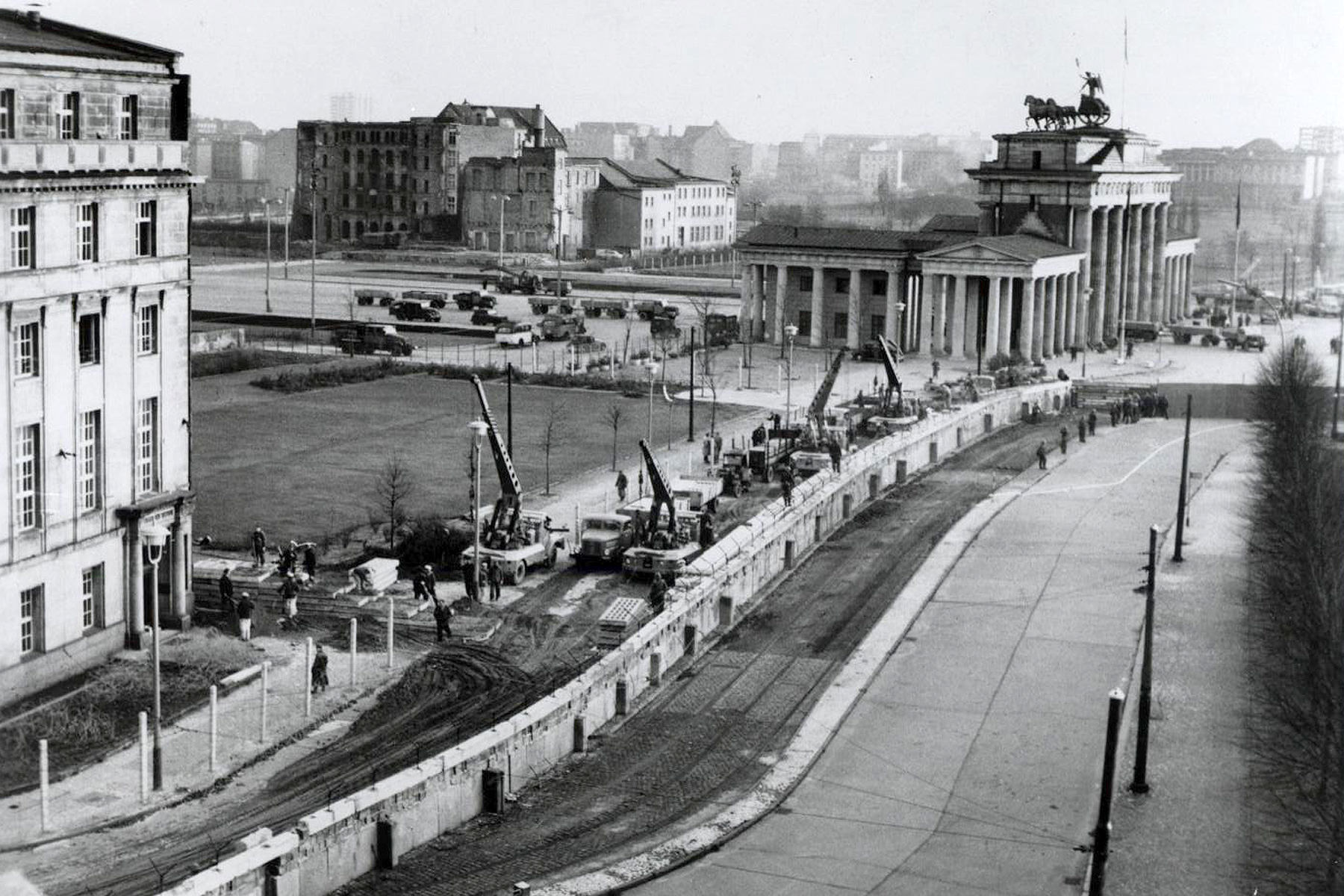
Back-to-back revolutions began in nearby Eastern alliance countries, Poland and Hungary. The Pan-European Picnic that happened in August 1989 set in motion a peaceful development during which the Berlin Wall essentially broke, the authorities in the East came under pressure, the Berlin Wall fell, and finally, the Eastern Bloc fell apart. After many weeks of civil unrest, on 9 November 1989, the East government announced that all GDR citizens could now visit West Germany and West Berlin. Crowds of East Germans crossed and climbed onto the Wall in celebration; West Germans joined them at the Wall.
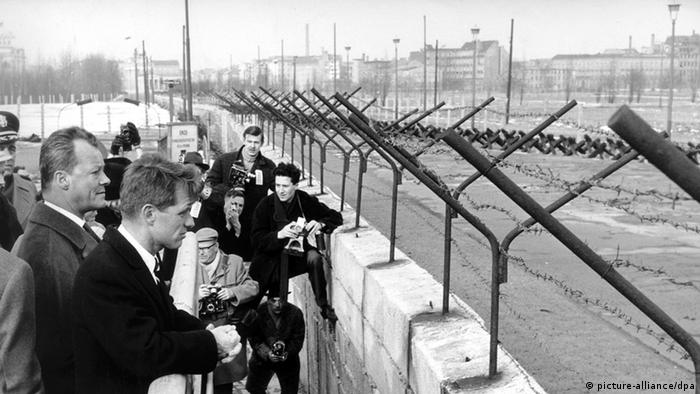
On 22 December 1989, The Brandenburg Gate, a few meters from the Berlin Wall, was opened 1989. After this, the demolition of the Wall officially began on 13 June 1990 and was completed in 1994.

